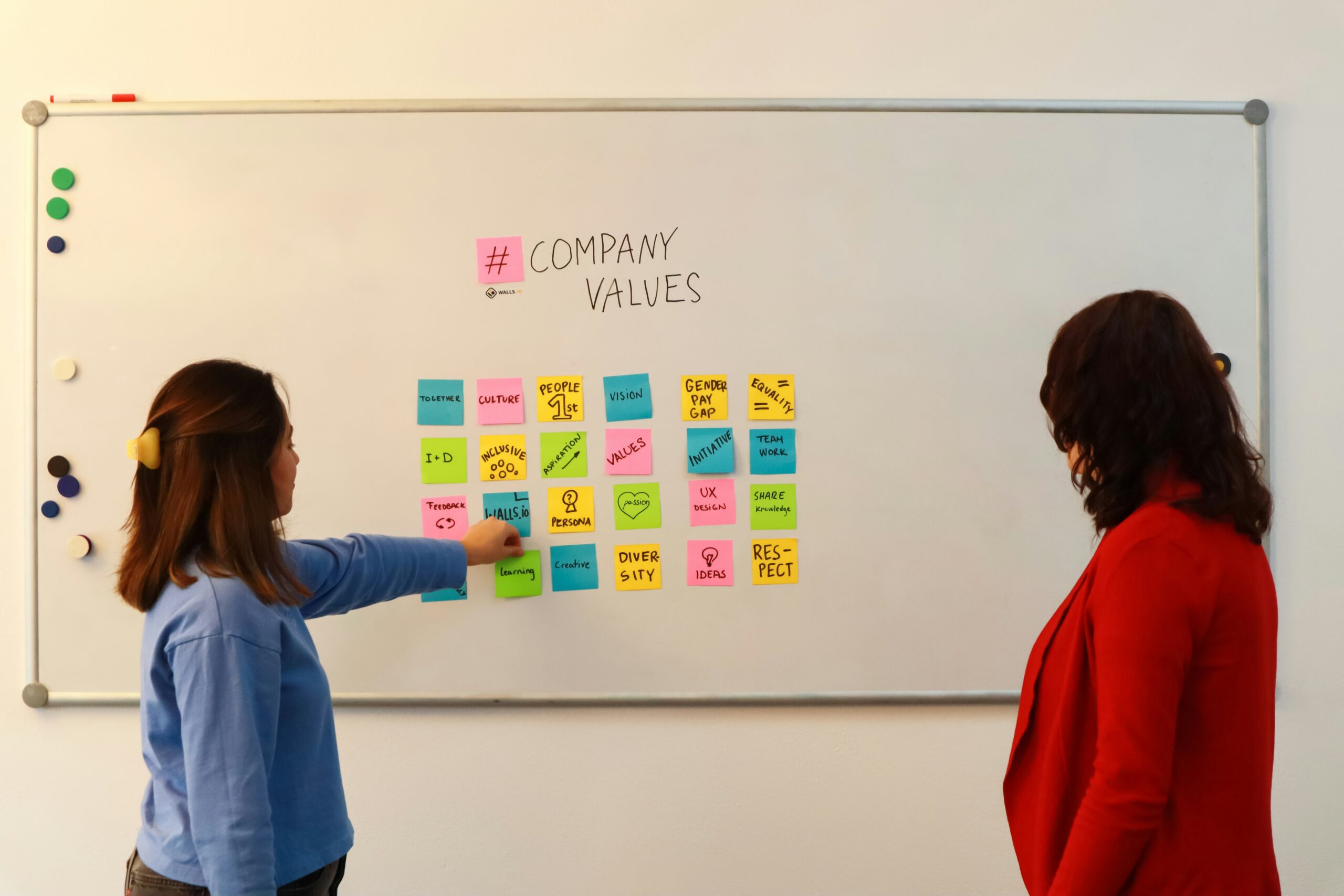
In today’s rapidly changing business landscape, companies must be agile, proactive, and forward-thinking in their customer strategies. The key to long-term success lies in anticipating future demand and designing every function around it. Businesses that fail to align their operations with evolving customer needs often find themselves falling behind. A well-designed customer strategy is not just about reacting to current market trends, but also about preparing for what’s next.
Understanding future demand requires a comprehensive approach that encompasses all aspects of the customer journey. From product development and marketing to customer service and distribution, every function within the company needs to be aligned with this strategic vision. The following outlines the essential steps for designing a customer strategy that anticipates and responds to future demand.
Predicting Future Customer Needs
The first step in designing a customer-centric strategy is accurately predicting future needs. This involves leveraging data, market research, and customer insights to understand emerging trends. By staying ahead of customer expectations, businesses can adjust their strategies before those needs become a mainstream demand. By utilizing predictive analytics and advanced technologies, such as AI, companies can more accurately anticipate shifts in consumer behavior and tailor their offerings accordingly.
A proactive approach also involves monitoring competitor strategies and identifying market gaps. Innovation becomes a significant driver in staying ahead of the curve. Anticipating customer needs isn’t just about looking at what’s trending now; it’s about being in tune with the subtle shifts in preferences and desires. This data-driven understanding allows businesses to adjust product lines, refine services, or create new offerings that cater to future demands, ensuring sustained customer satisfaction.
Aligning All Functions with Customer-Centric Goals
Once a clear picture of future demand is established, the next step is aligning every function within the organization to meet customer needs. This means rethinking internal processes and ensuring that departments work collaboratively toward the same objective. For example, marketing teams should focus on creating content and messaging that speaks directly to the anticipated needs of the customer base. In contrast, sales teams should refine their approach to meet the evolving preferences of potential clients.
Operational departments must also pivot to adapt to future demand. Whether it’s the supply chain, logistics, or customer service, all aspects of a business must be flexible and agile enough to react to shifts in the marketplace. Developing a customer-centric culture is key to maintaining this alignment. Leaders must foster cross-department collaboration, ensuring that every team understands its role in supporting the overarching customer strategy. This alignment yields a smoother customer journey and more personalized experiences, thereby strengthening the connection between the business and its customers.
Creating a Flexible and Adaptable Framework
The future is unpredictable, so businesses must design a strategy that is flexible and adaptable to change. While it’s crucial to anticipate customer demands, it’s equally important to remain open to change and pivot when necessary. Building flexibility into your business strategy ensures that your company can respond quickly to unexpected shifts in market dynamics or customer behavior.
For example, agile project management methods have gained popularity for their ability to allow businesses to rapidly adjust priorities in response to changing customer needs. This can be applied to everything from product development to marketing initiatives. By structuring teams to work in iterative cycles, businesses can make quick adjustments without losing momentum. An adaptable framework also involves investing in scalable technology that can evolve with the company. This enables organizations to streamline processes, reduce bottlenecks, and ensure they are always prepared to meet changing customer demand.
Embracing Technology and Innovation
In the quest to design a customer strategy for future demand, leveraging technology plays a critical role. Advanced technologies such as artificial intelligence (AI), machine learning, and big data analytics can provide valuable insights into consumer behavior. By utilizing these tools, businesses can fine-tune their customer strategy to ensure that they are always one step ahead.
Technology also enables greater personalization, which is essential for attracting and retaining customers in the modern marketplace. By using data to understand individual preferences, companies can create tailored experiences that speak directly to their customers’ needs. Personalization can extend beyond marketing to include product recommendations, customer support, and even pricing strategies. With AI and machine learning, companies can predict future purchasing behaviors and offer personalized solutions that increase the likelihood of conversion.
Additionally, innovation in business models and customer engagement methods can also help differentiate companies in a crowded market. For example, subscription-based models, in which customers pay for ongoing access to a product or service, are gaining popularity across various industries. This model provides a more predictable revenue stream, enabling businesses to establish stronger, long-term relationships with their customers.
Continuous Monitoring and Adaptation
A customer strategy for future demand is never a set-it-and-forget-it initiative. It requires continuous monitoring and adaptation to remain effective. Regularly reviewing performance metrics, customer feedback, and market trends is crucial to ensuring that your strategy stays relevant. The customer landscape is constantly evolving, and companies must remain engaged with their customer base to understand their changing needs and expectations.
This process of continuous adaptation is where a culture of feedback and innovation becomes essential. Encouraging employees at all levels to provide input can lead to valuable insights that can drive future strategy adjustments. Additionally, maintaining open channels of communication with customers through surveys, social media, and other touchpoints ensures that the business continually learns from its audience. Companies that can remain flexible and responsive will have a significant advantage in the ever-changing market landscape.
Designing a customer strategy around future demand requires foresight, agility, and a commitment to customer satisfaction. By anticipating future needs, aligning all business functions, embracing technology, and remaining adaptable, companies can develop a customer-centric approach that keeps them ahead of the competition. The key is to create a flexible framework that can quickly respond to shifts in customer behavior, ensuring that the company remains relevant and capable of meeting the needs of tomorrow’s consumers.